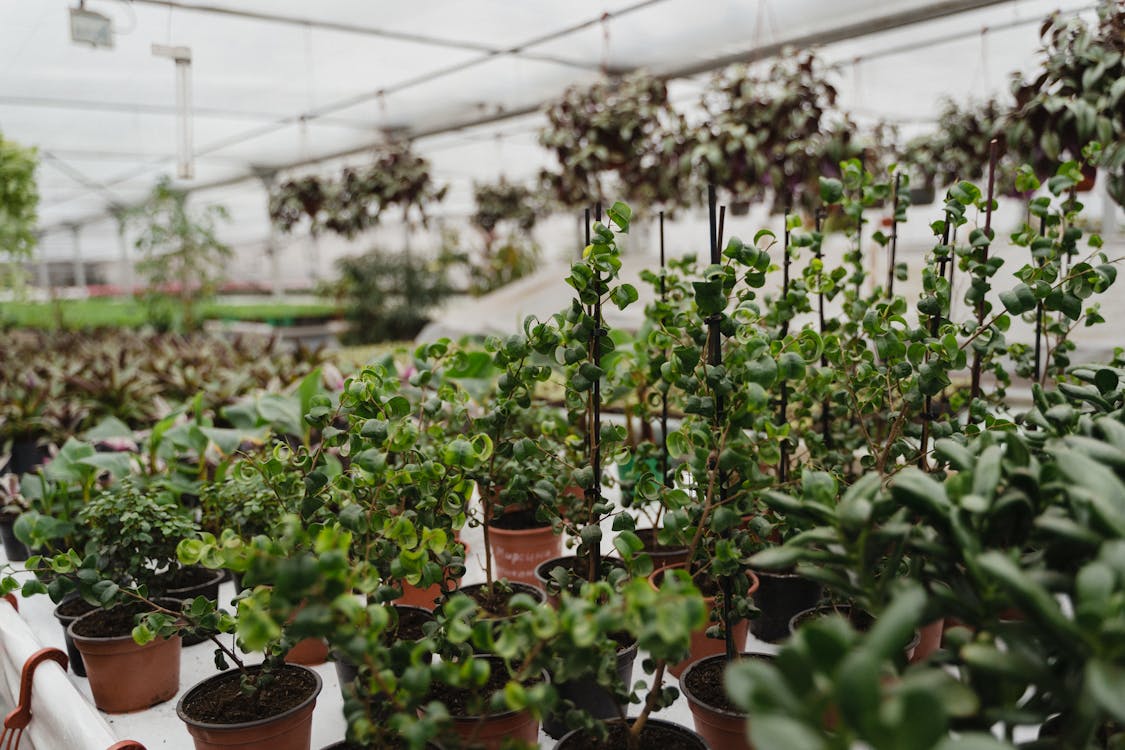Organic Certification for Farming Practice

Organic certification plays a crucial role in modern agriculture, ensuring that farming practices adhere to strict standards aimed at environmental sustainability and consumer health. Here is the exploration the significance of organic certification, the steps involved in obtaining it, common challenges faced by farmers, and strategies for maintaining organic standards.
Overview of Organic Certification and Its Importance:
Organic certification verifies that agricultural products have been produced using methods that preserve natural resources and biodiversity. It prohibits the use of synthetic pesticides, genetically modified organisms (GMOs), and sewage sludge-based fertilizers. Certification assures consumers that the products they purchase are free from harmful chemicals and produced in an environmentally responsible manner.
Steps to Achieving Organic Certification for Your Farm:
- Conduct a thorough assessment:
Evaluate your current farming practices to identify areas that need adjustment to meet organic standards.
- Implement organic practices:
Transition to organic farming methods, including soil management, pest control, and crop rotation, as outlined by certification requirements.
- Keep detailed records:
Maintain comprehensive records of all farming activities, inputs, and sources to demonstrate compliance during the certification process.
- Select a certifying agency:
Choose a reputable certification agency accredited by the National Organic Program (NOP) or an equivalent organization in your country.
- Submit application and undergo inspection:
Complete the certification application and undergo an on-site inspection by a certified inspector to verify compliance with organic standards.
- Address any non-compliance issues:
Correct any identified non-compliance issues and implement corrective measures as required by the certifying agency.
- Receive certification:
Upon successful inspection and compliance, receive organic certification for your farm.
Common Challenges and Solutions in the Certification Process:
- Lack of knowledge:
Many farmers may lack awareness of organic standards and certification requirements. Solution: Provide educational resources and training programs to support farmers in understanding and implementing organic practices.
- Cost of certification:
Obtaining organic certification can be expensive, especially for small-scale farmers. Solution: Seek financial assistance or subsidies available through government programs or organic associations to help offset certification costs.
- Transition period:
Transitioning from conventional to organic farming methods requires time and resources. Solution: Gradually phase in organic practices and utilize support programs designed to assist farmers during the transition period.
Maintaining Organic Standards and Continuous Improvement in Farming Practices:
- Regular monitoring and evaluation:
Continuously assess farming practices to ensure ongoing compliance with organic standards and identify areas for improvement.
- Soil health management:
Prioritize soil health through practices such as composting, cover cropping, and minimal tillage to enhance fertility and biodiversity.
- Crop diversity:
Diversify crop rotations to minimize pest pressure, improve soil structure, and promote ecosystem resilience.
- Integrated pest management (IPM):
Implement IPM strategies to control pests and diseases using natural and mechanical methods, reducing reliance on chemical inputs.
Conclusion:
Organic certification is a testament to a farmer’s commitment to sustainable and environmentally friendly agricultural practices. By following the steps outlined in this guide and addressing common challenges proactively, farmers can obtain and maintain organic certification while continuously improving their farming practices.

